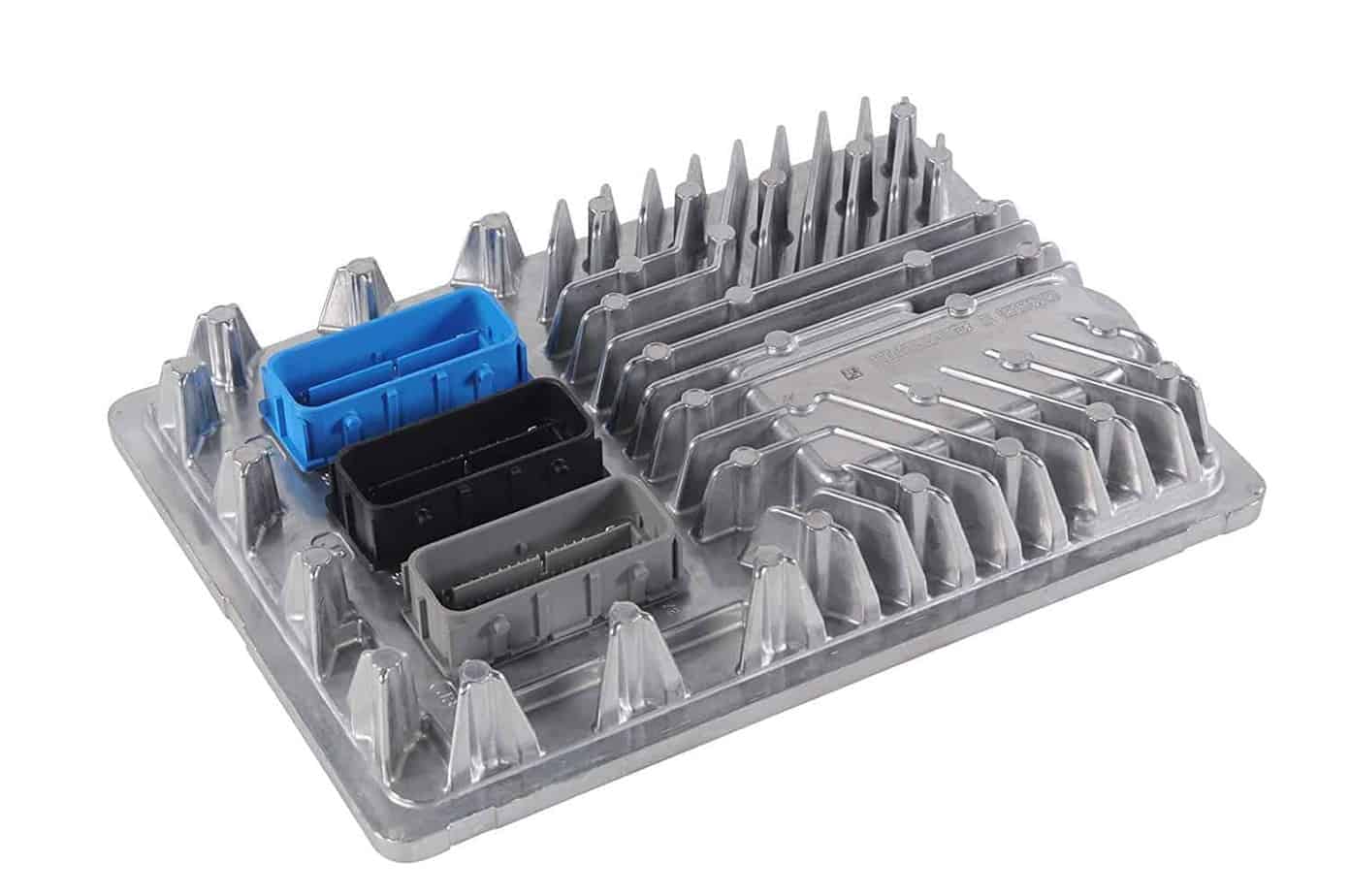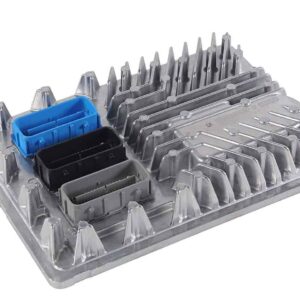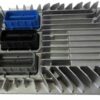Restore Peak Performance to Your GM Vehicle
Is your Cadillac, Chevy, or GMC truck acting erratically? A faulty Engine Control Module (ECM) is often the culprit behind a host of frustrating issues, from a persistent check engine light to poor fuel economy and even a no-start condition. As the central computer of your vehicle, a failing ECM can disrupt everything. This isn’t just an inconvenience; it’s a critical component failure that compromises your vehicle’s reliability and performance. We offer a dependable, straightforward solution: a genuine GM Engine Control Module, part number 12674052, professionally programmed with the latest factory software specifically for your vehicle’s VIN.
Forget the hassle and high cost of a dealership visit. We handle the complex programming for you before the part ever leaves our facility. Simply provide your Vehicle Identification Number (VIN) during checkout, and our technicians will flash the module, ensuring it’s ready for installation. This process ensures all factory calibrations are correct for your specific engine and options, restoring the precise control your vehicle had when it left the factory. This is the most efficient way to get your car or truck running right again.
Case Study: A Tricky Diagnosis
A 2017 Silverado 1500 came into a partner shop with a bizarre complaint: intermittent stalling at stoplights and a transmission that seemed to hunt for gears. The scanner showed no transmission codes, only a generic P0606 (ECM/PCM Processor Fault). After wasting hours checking wiring and grounds, the technician suspected the ECM. Instead of sourcing a blank module and wrestling with programming, he ordered one of our pre-programmed units. After a 20-minute install and a quick security relearn, the truck ran perfectly. The pre-flashed module not only fixed the issue but saved the shop nearly three hours of labor and programming time, turning a frustrating job into a profitable one.
Is Your GM Vehicle Showing These ECM Failure Signs?
A failing computer can manifest in many ways. If you’re experiencing any of the following, a faulty 2017 CTS Engine Control Module could be the root cause. Look out for:
- ✔ Check Engine Light is on with codes like P0601, P0606, or other internal processor faults.
- ✔ The engine cranks but refuses to start.
- ✔ Noticeable decrease in fuel mileage.
- ✔ Rough or inconsistent engine idle.
- ✔ Hesitation or stumbling during acceleration.
- ✔ Automatic transmission shifting erratically or harshly.
- ✔ Communication loss codes (U-codes) with other modules.
Your Straightforward ECM Installation Guide
Installing your new ECM is a manageable job for an experienced DIYer or any professional technician. Follow these general steps for a successful replacement.
- Safety First: Always disconnect the negative terminal from your vehicle’s battery and wait at least 15 minutes for all modules to power down completely.
- Locate the ECM: On most listed vehicles, the ECM is found in the engine compartment (often on the driver’s side) or, on the Corvette, under the passenger-side cowl. Consult a service manual for the exact location on your model.
- Disconnect and Remove: Carefully unplug the electrical connectors. Most have a locking tab or lever that needs to be released. Once disconnected, unbolt the old module from its mounting bracket.
- Install the New Module: Bolt your new, pre-programmed ECM into place. Reconnect the electrical connectors, ensuring they click securely into place. Do not force them.
- Reconnect Battery: Reattach the negative battery terminal.
- Perform Relearn Procedures: This is a critical final step. If the vehicle does not start, you must perform the Vehicle Theft Deterrent (VTD) system relearn using a compatible scan tool with access to GM’s TIS2Web or Techline Connect service. Other procedures, like a Crankshaft Position Variation Relearn, may also be required depending on your vehicle. This is the responsibility of the installer.
Verified Fitment for Your General Motors Vehicle
This module is a direct replacement for part number 12674052 and interchanges with 12692068, 12704476, 12686382, 12674472, and 12678815. It is confirmed to fit the following vehicles:
- Cadillac ATS (2017): 3.6L (VIN Y, LF4)
- Cadillac CTS (2017): 3.6L Twin Turbo (VIN 8, LF3), 6.2L Supercharged
- Cadillac Escalade / ESV (2017)
- Cadillac XTS (2017): 3.6L (VIN 8, LF3)
- Chevrolet Corvette (2017)
- Chevrolet Silverado 1500 (2016-2018)
- Chevrolet Suburban 1500 (2017)
- Chevrolet Tahoe (2017)
- GMC Sierra 1500 / Denali 1500 (2016-2018)
- GMC Yukon / Yukon XL 1500 (2017)
Why do you need my VIN?
Your VIN is essential for us to program the 2017 CTS Engine Control Module with the exact software and calibrations your vehicle requires from GM. This ensures perfect compatibility and performance, tailored to your engine, transmission, and factory options.
What is a ‘theft relearn’ and will I need to do it?
The Vehicle Theft Deterrent (VTD) system links your ECM to your keys and other modules. When you install a new ECM, the system sees it as a potential theft and prevents the car from starting. A relearn procedure, done with a professional scan tool and GM software access, re-establishes this link. It is very likely you will need to perform this step.
Can I install this myself?
If you are an advanced DIYer comfortable with automotive electronics and have access to a tool that can perform the VTD relearn (like a passthrough device with a TIS2Web subscription), then yes. Otherwise, we strongly recommend professional installation by a qualified mechanic.
Is this better than a used part from a junkyard?
Absolutely. A used module will be programmed for a different vehicle and will not work without being completely wiped and reprogrammed at a dealership. Our modules arrive with fresh, updated software specific to your VIN, saving you that entire step and potential compatibility headaches.
What other part numbers does this replace?
This module, 12674052, is a direct replacement for several other GM part numbers, including 12692068, 12704476, 12686382, 12674472, and 12678815, ensuring wide compatibility.



